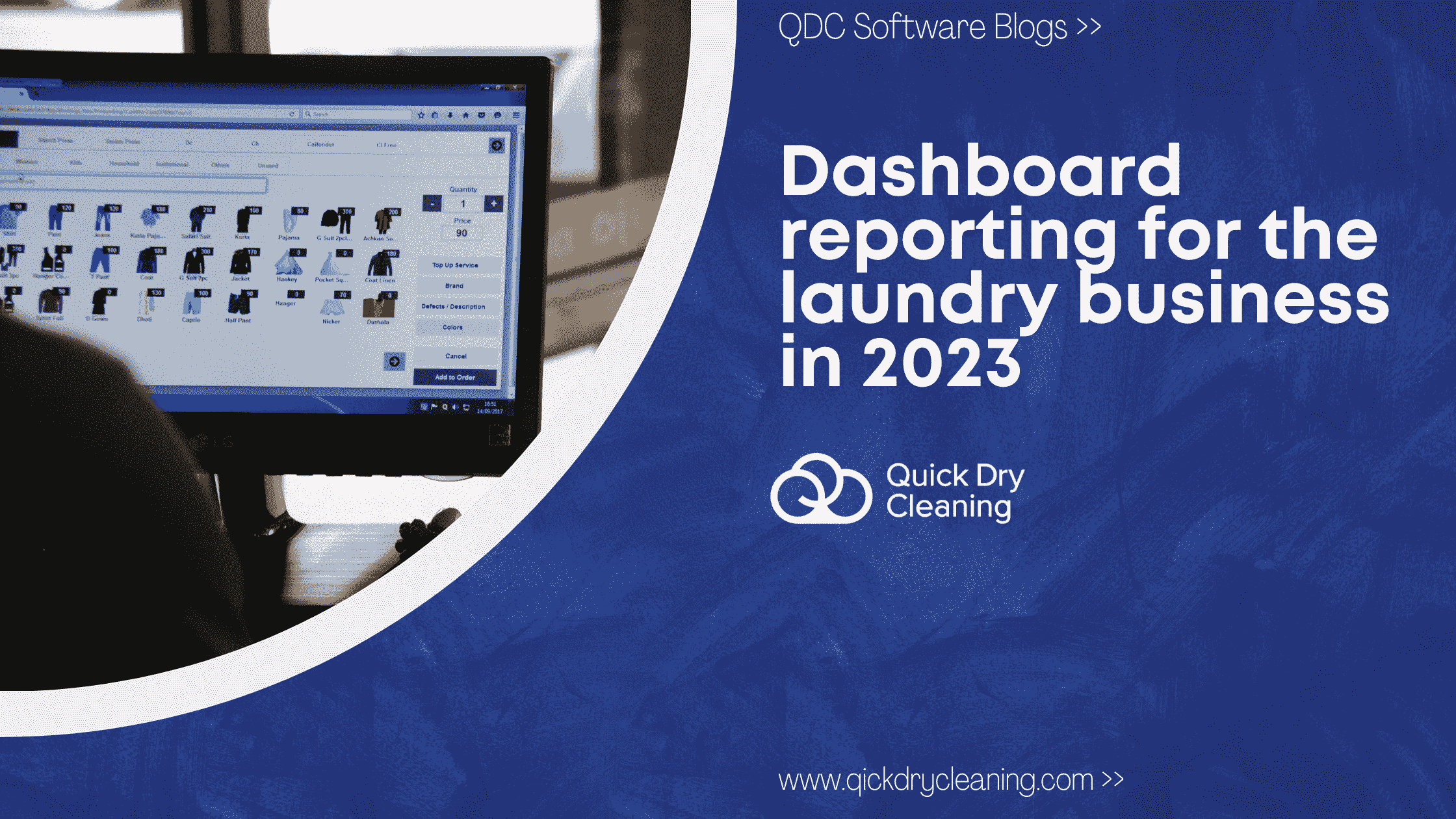The shop of a laundry and dry cleaning business is just its face. The real body of the business is the plant where the real action happens. Synchronization of work on both ends is more complicated than it seems. Hence, it is very important to align your business processes to the best of its potential. One of the ways to bring about the productivity of your resources in business is through dry cleaning workload management.
To understand how this can be achieved, let’s go through an average day at your plant.
Your business may have either of the two models where you have plant within your shop or outside. In either of the case you need to make sure that order deliveries are managed in a manner to attain maximum output with respect to our resource’s capacity.
Usually after the orders are made, each day you send the garments from the shop to plant at a set time and pick up ready garments from plant to shop to package and get ready for delivery. Now, at this time if you send the load of garments that is beyond the capacity that your machines can do in a day. It is bound to cause a delay in the delivery cycle. Similarly, if you the output of your pressing man is 50 garments a day, and you assign 70 garments he is bound to fail at finishing the load. Another downside of not managing your workload is that there are days when you are overworked while there are days when you utilize half the potential of your resources.
An extension to this situation is that your employees and resources work end up coping with overload and compromise on the quality of the service or commit errors in-service performance. This also leads to conflicts between employees, and their conflicts hinder the performance of the entire team. Eventually this results in bad customer experience.
Overall, it’s an expensive habit to carry on. Performing dry cleaning workload management in holistically improving the productivity of your employees and your machines. Not just this, it also helps you analyze how much you can grow your order with your current employee strength and machine power or do you need to increase your machinery or manpower or both.
Some of the disadvantages of dry cleaning workload management are-
Resources are not utilized to best of their potential
Overloading results in mismanagement of time, hence productivity drops
Overload leads to conflict between employees.
The quality of service is compromised to meet the deadline
Delays in delivering due to limited capacity
Overloading leads to reckless working by employees which leads to order mismatch
Employees don’t perform well which affects customer experience.
To prevent all these, you should promptly focus on dry cleaning workload management tools that can ease out your work and automate business processes to increase productivity which eventually results in getting more done with high quality.




















































